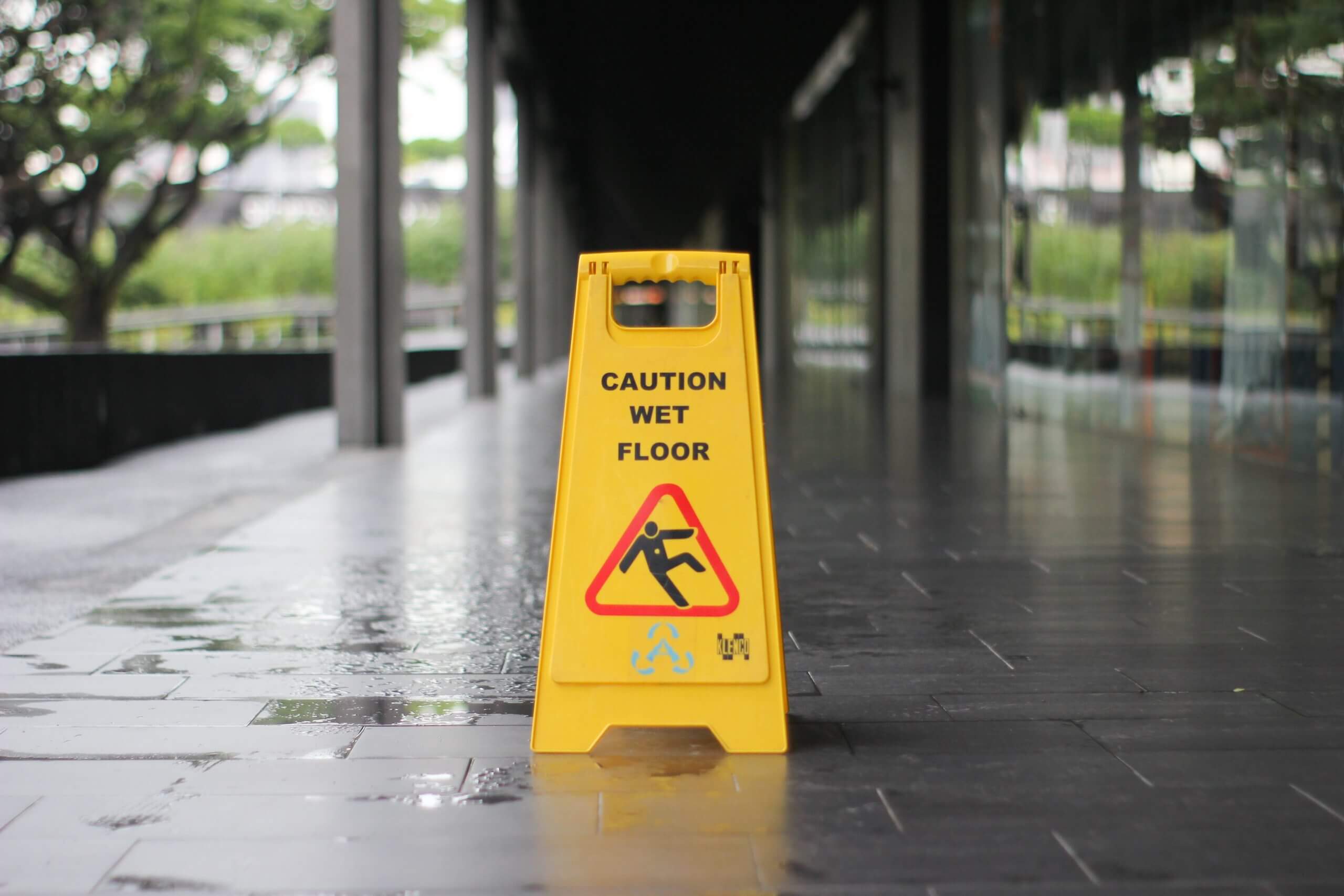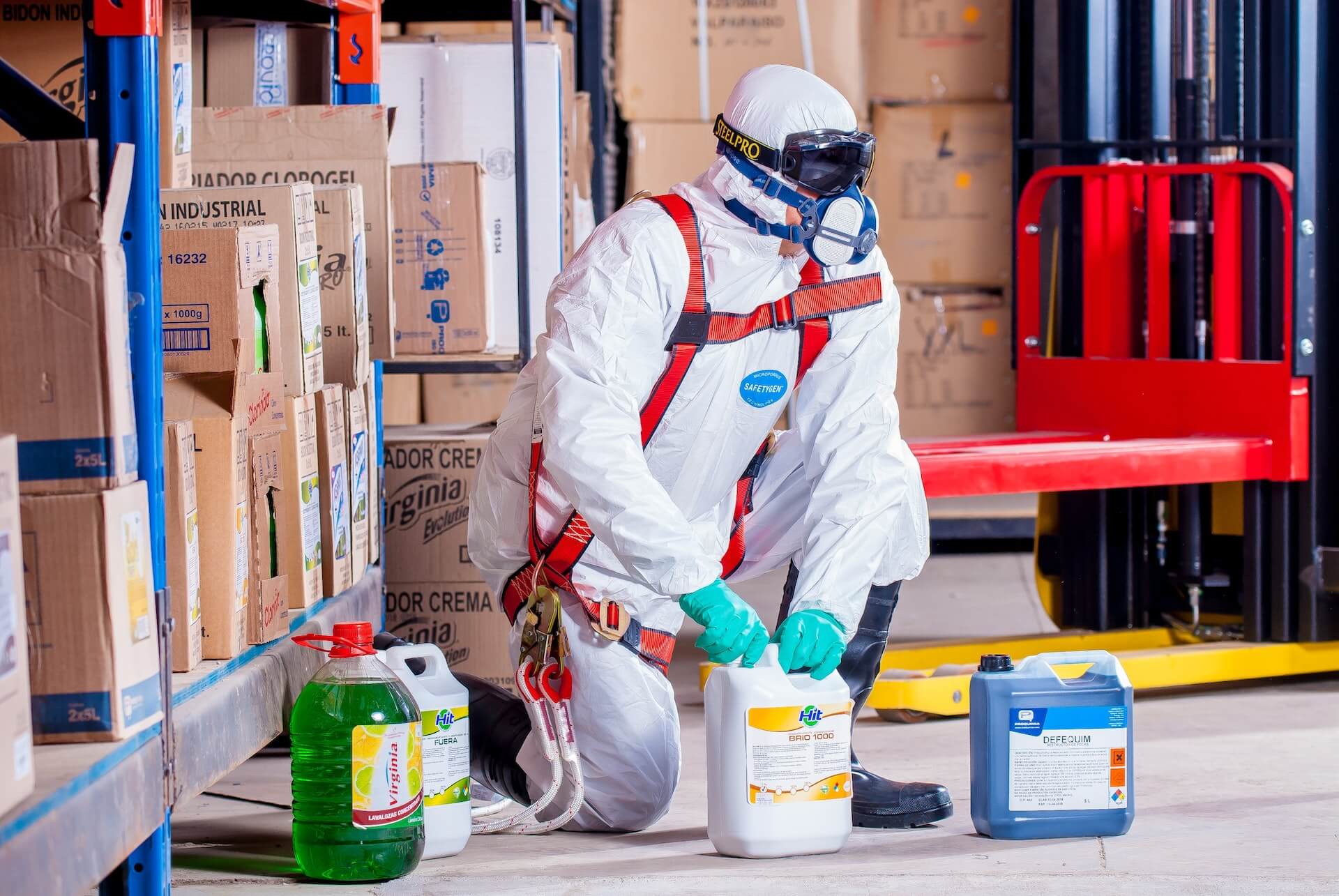HR Compliance & OperationLegal & Regulatory
6 Types of Common Hazards In The Workplace – Keller Executive Search
Every year, millions of workers seek medical attention for injuries and illnesses related to their jobs. Some get treated for suffering from a slipped disk due to heavy lifting. Others visit the doctors due to asthma caused by inhaling toxic fumes in the workplace.
Certain industries, such as transportation and agriculture, account for many job-related injuries and illnesses. That being said, individuals still face workplace hazards every day, regardless of the industry they are in.
What Is A Workplace Hazard?
Workplace hazards refer to factors and sources that could cause potential harm, damage, illness, or death to an employee. Workplace hazards can stem from a range of sources, including substances, materials, conditions, employee behaviors, and job duties.
Workplace hazards can be improperly stored toxic materials. It can also be faulty electrical wiring or even poorly lit stairwells. In reality, workplace hazards can even be the most minute thing, such as a loose nail.
For these reasons, organizations are responsible for putting controls and precautions in place to prevent any harm to employees.
While performing a risk assessment helps employees determine the likelihood of a hazard and the damage it can cause, it is important for the company to understand the different types of hazards in the workplace.
Types of Workplace Hazards
Workplace hazards fall into six main types — safety, biological, physical, chemical, ergonomic, and work organization.

Safety Hazards
Safety hazards are the most common workplace hazards. A safety hazard is anything that creates unsafe working conditions and causes injury, illness, or death.
Some of the most basic safety risks in the workplace include:
- Wet floors
- Electrical cords crossing walkways
- Blocked aisles
- Unguarded machinery and moving machinery parts
- Frayed cord, missing ground pins, and improper wiring
- Confined spaces
In some cases, the work itself can pose safety hazards. For instance, workers who are tasked with tiling roofs or climbing ladders are already at risk of sustaining workplace injuries.
Chemical Hazards
Chemical hazards in the workplace can come from a wide range of sources, including cleaning agents, raw materials, and solvents. Chemical hazards can also come in many forms (solid, liquid, or gas).
Some chemicals have an immediate impact, like allergic reactions and breathing problems. In some cases, however, the consequences of contact with chemicals can manifest over time in the form of cancers, fertility problems, and birth defects.
There are three types of chemical hazards.
Flammable Chemicals
Employees often work with flammable materials, so much so that many adopt a too-casual attitude about the risks of handling these chemical hazards.
In actuality, flammable chemicals like carbon monoxide, diesel fuel, methanol, enamel paints, and acetone can cause skin irritation, vomiting, asthma and other respiratory illnesses when inhaled or swallowed.
To help prevent any accidents related to flammable chemicals, there should be clear policies and procedures in place that all employees must follow. For example, there should be a policy against using flammable chemicals near ignition sources, including hot surfaces or open flames.
Additionally, workplaces also need to protect their employees by establishing policies requiring workers to use safety gear and equipment, including chemical-resistant overalls and rubber gloves.
Corrosive Chemicals
Corrosive chemicals are a type of chemical hazard that can cause irritation as well as destroy human tissue. Inhaling chemicals with corrosive properties can result in respiratory tract burns and even death.
To prevent injuries caused by corrosive chemicals, the company must follow a health and safety code that includes ensuring there is proper and adequate ventilation in the workplace. Workers must also be trained in the appropriate storing methods.
Some of the most commonly used corrosive chemicals include paint, parabens, hydrochloric acid, and sulfuric acid.
Toxic Chemicals
Toxic chemicals can be found in everyday products, including cosmetics, medications, and packing materials. Toxic chemicals also exist in emissions produced by vehicles and machinery.
Depending on the frequency of exposure, toxic chemicals can cause a wide range of health problems. This includes dizziness, nausea, diarrhea, seizures, and organ failure.
To improve occupational safety, workplaces can replace toxic chemicals with less hazardous materials. For example, a granular form of a certain material may create less dust, which means there will be less toxic impact on workers.
Some of the most common toxic chemicals include pesticides, formaldehyde, cyanide, and mercury.
Biological Hazards
Biological hazards are often seen in jobs that involve working with animals, people, or infectious plant materials. These types of workplace hazards occur frequently in healthcare, laboratory, agriculture, waste management, and law enforcement. It can also occur in schools, daycare facilities, educational institutions, and nursing homes.
Some of the most common biological hazards include:
- Fecal matter
- Bird droppings
- Blood
- Bacteria and viruses
- Mildew and molds
- Bodily fluids
- Stinging insects
- Medical waste
Infectious Diseases
The COVID-19 pandemic has shone a light on the risks of biological hazards in the workplace. During the peak of the pandemic, high COVID-19 transmission rates were reported in nursing homes and meatpacking plants, underscoring the significant threat that biological hazards pose to workers.
The spread of the COVID-19 pandemic forced many companies to strictly enforce a range of strategies to keep biological hazards in check in the workplace. The protocols now included:
- Restricting access to areas where biological hazards exist to only personnel trained at handling and storing the materials
- Implementing hygiene measures that reduce the release or spread of biological hazards
- Issuing protective gear to workers, such as gloves and face shields
- Offering adequate sick leave policies
- Organizing employee immunization programs
Ergonomic Hazards
Ergonomic hazards in the workplace occur when the type of work, body positions, and working conditions put a strain on an individual’s body. These types of hazards are the hardest to spot as strains in the body are often not immediately noticeable.
In the short term, ergonomic hazards can result in sore muscles and worn-out tendons. In the long run, however, ergonomic hazards can result in musculoskeletal disorders, such as carpal tunnel syndrome—an illness that leaves people with pain and numbness in their hands.
Some of the most common ergonomic hazards include heavy lifting, prolonged postures, repetitive actions, and improperly adjusted workstations.
Ergonomic hazards would not have to lead to injury, especially with the right solutions. This can involve replacing or customizing workstations to improve poor posture and rearranging equipment to encourage some movement during working hours.
Physical Hazards
Physical hazards are factors that can harm the body even without prior contact. Some of the most common physical hazards include radiation, a prolonged period of exposure to sunlight or ultraviolet rays, extreme weather conditions, and constant loud noise.
Employers and safety officials can reduce the risk of common physical hazards by establishing safety protocols and conducting regular hazard assessments.
Work Organization Hazards
Work organization hazards are stressors or workplace issues that may cause negative psychosocial effects on workers. These can be experienced short-term or long-term.
Some common examples of work organization hazards include:
- Workload demands
- Workplace violence
- Sexual harassment
- Lack of respect
- Lack of social support
- Lack of flexibility in the workplace
Identifying And Managing Workplace Hazards

Organizations devoted to reducing workplace hazards not only safeguard their employees’ health and safety but also create an environment where employees can be productive and thrive.
Having said that, it is important for organizations to first identify workplace hazards before coming up with procedures and policies to prevent any injuries.
The best way to identify workplace hazards is by conducting risk assessments when:
- there are new processes, equipment, or machinery
- Before each shift starts
- During the performance of work
- During formal or informal inspections
- After any incidents occur
When identifying hazards, it may be best to do this through a collaborative effort with employees. A step-by-step procedure of identifying hazards could be as follows:
- Gather information about any existing hazards in the workplace.
- Have safety professionals perform regular site walkthroughs to spot potential new hazards
- Review any reported accidents and near-miss logs.
- Identify whether there are similar trends across all incidents, illnesses, and hazards documented.
- Determine the level of risk and frequency of each hazard to know which needs to be addressed first.
Once the company has identified hazards, it is its responsibility to train workers about processes that could minimize risk in the workplace. Early detection of hazards and training of workers will help in:
- preventing minimal to serious injuries in the workplace
- improve the business’s compliance with laws and regulations
- improve employee engagement and efficiency
- boost business operations










